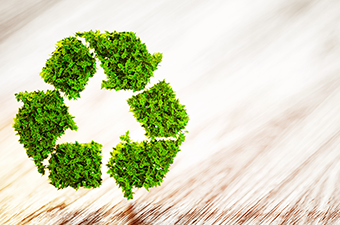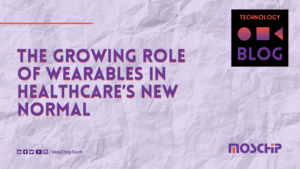
The Internet of things (IoT) has changed our everyday lives. From wearables to self-driving cars and the development of smart cities, IoT is only going to continue expanding. By implementing IoT solutions in smart cities, data is collected and analyzed. This collected data will drastically improve services such as public utilities, especially waste management.
There have been multiple attempts to maintain waste management with technologies such as Zigbee with GSM and RFID tags, to name a few, but as the population increases, managing waste with these technologies has become difficult. The new emerging technology for managing the waste is LoRaWAN technology. LoRaTM is nothing but the “Long Range” radio modulation technique which results in the longer range. Devices which have support for the LoRaTM modulation can adopt the LoRaWAN technology.
Below, the diagram shows how waste management using LoRaWAN can be handled.

Every trash can in a city has a small module inside which contains the ultrasonic sensors interfaced with the LoRaTM module. Ultrasonic sensors are used for identifying the garbage level in the trash cans. The garbage level detected by the ultrasonic sensors is then sent to the gateway by forming a standard LoRaTM packet format.
In the case of LoRaTM, there are two networks: Public network and private network. In a public network, gateways are previously installed. The gateway can receive the data which is then sent to the application server. In a public network, the cost of gateways is not required. An Ethernet connection is provided to the gateway by the service provider. There are a secure data transmission and reception due to the applications network session key. Based on the data received, alerts will be generated such as the trash can being full or empty. From there, the necessary actions to empty the trash can be taken. For example, if a trash can is full, an alert will be sent to the nearest trash collection company to take care of it.
The second network, a private network, will need to have its gateways installed to fulfill the requirements.
In the future, tracking the location of the trash collection van and the trash can will be helpful. In this case, the LoRaTM Geolocation concept, which is emerging now, will be useful. In the LoRaTM Geolocation, the GPS chip is directly interfaced with the LoRaTM module. While transmitting the packet, GPS strings are also sent in the packet. Due to the application receiving GPS strings, we can know the exact location of the trash collection vans and trash cans. This is possible if the GSM modules and the GPS chips are interfaced and the GPS strings send the data via GSM.
With the LoRaWANTM technology, there is a maximum of 10 years of battery life. The GSM can achieve battery life in But with GSM we can achieve battery life in months since for operation GSM module requires more power which results in lesser battery life.
Overall, the LoRaWANTM-based waste management system is cost-effective, easy to integrate, reliable and secure. The system will reduce the environmental pollution caused from the overflowing of waste.
About MosChip:
MosChip is an M2M/IoT company with hardware and software platforms used for automated lighting, smart metering, remote monitoring of construction and mining equipment (excavators, loaders, cranes, fork lifts), diesel generators, solar panels, wind mills, and logistics (vehicle fleets, school bus, asset tracking). MosChip also offers product design services in hardware, embedded, enterprise, and mobile application.
MosChip’s expertise ranges from hardware board design to embedded applications and cloud/mobile applications. Our technology skills include wireless (ZigBee, RF, WiFi, Bluetooth, BLE, mesh algorithms, LoRa, GSM), automotive (CANbus, OBD II), industrial, and BMS (Modbus, BACnet, LonWorks).
To know more about MosChip’s Smart City Solutions Contact Us




